Gaṇḍānta Y.S.Rajasekhara Reddy
Details about the chart can be read in a previous issue of the Jyotish Digest. In the chart of Y. Rajasekhara Reddy (YSR), Moon is in Mūla gaṇḍānta in the 12th bhāva. The exact position of the Moon at 1°28’ is just outside the Abhukta mūla range of 0°50’ indicating that the bay would survive. This gaṇḍānta afflicts the agni tattva and Sun is the lord of the 8th house as well in this chart.
Y.S. Raja Reddy, father of Chief Minister Y.S.
Gaṇḍānta
Nakṣatra Gaṇḍānta
Gaṇḍa has been clearly defined by Nārada as the period of a prahara (3 hours) covering the junction of agni and jala rāśi. These junctions are (1) Jyeṣṭha-Mūla (in Scorpio-Sagittarius) , (2) Aśleṣā-Maghā (in Cancer-Leo) and (3) Revatī-Aśvinī (in Pisces-Aries).
Maharṣi Vasiṣṭha defines a flaw called ‘Abhukta Mūla’ for these three junctions and any child born during the 180 minutes when the Moon is at these junctions.
PJC Himalaya Batch-II
Parāśara Jyotiṣa Program | Himalaya Batch-II
Description
The course for each academic year of the Parāśara Jyotiṣa Paṇḍita program shall commence from Makara saṅkrānti (about 14 January, 2013) and shall be taught online at http://devaguru.com
Himalaya Contact
The contact course shall be for about 10 days (as required for each year, refer short syllabus) at the Himalayas, India during the month of March every year.
Students may not be admitted to subsequent years if they fail to attend the contact course in India. Special allowances can be made for unforeseen circumstances at the discretion of the course director.
Krishna Astakam
By Adi Sankaracharya Bhagavatpada
भजे व्रजैकमण्डनं समस्तपापखण्डनं
स्वभक्तचित्तरंजनं सदैव नन्दनन्दनम्।
सुपिच्छगुच्छमस्तकं सुनादवेणुहस्तकं
अनंगरंगसागरं नमामि कृष्णनागरम्॥ १॥
bhaje vrajaikamaṇḍanaṁ samastapāpakhaṇḍanaṁ
svabhaktacittaraṁjanaṁ sadaiva nandanandanam |
supicchagucchamastakaṁ sunādaveṇuhastakaṁ
anaṁgaraṁgasāgaraṁ namāmi kṛṣṇanāgaram || 1||
मनोजगर्वमोचनं विशाललोललोचनं
विधूतगोपशोचनं नमामि पद्मलोचनम्।
करारविन्दभूधरं स्मितावलोकसुन्दरं
महेन्द्रमानदारणं नमामि कृष्णावारणम्॥ २॥
manojagarvamocanaṁ viśālalolalocanaṁ
vidhūtagopaśocanaṁ namāmi padmalocanam |
karāravindabhūdharaṁ smitāvalokasundaraṁ
mahendramānadāraṇaṁ namāmi kṛṣṇāvāraṇam || 2||
कदम्बसूनकुण्डलं सुचारुगण्डमण्डलं
व्रजांगनैकवल्लभं नमामि कृष्णदुर्लभम्।
यशोदया समोदया सगोपया सनन्दया
युतं सुखैकदायकं नमामि गोपनायकम्॥ ३।
kadambasūnakuṇḍalaṁ sucārugaṇḍamaṇḍalaṁ
vrajāṁganaikavallabhaṁ namāmi kṛṣṇadurlabham |
yaśodayā samodayā sagopayā sanandayā
yutaṁ sukhaikadāyakaṁ namāmi gopanāyakam || 3|
सदैव पादपंकजं मदीय मानसे निजं
दधानमुक्तमालकं नमामि नन्दबालकम्।
समस्तदोषशोषणं समस्तलोकपोषणं
समस्तगोपमानसं नमामि नन्दलालसम्॥ ४॥
sadaiva pādapaṁkajaṁ
Shiva Tandava Stotra
Śiva Tāṇḍava Stotra of Rāvaṇa. This was the stotra which he recited to obtain the Vaidyanātha Jyotirliñga (a.k.a Baijnāth). Rāvaṇa would have become immortal if that jyotirliñga had reached Śrī Lanka. This is the teaching he gave to attain mokṣa finally at the hands of Lord Rāma. This stotra must be recited in the end of the prayers, meditation or pūjā. Students of the Śiva Purāṇa course (ŚIVA Group of Zoran Radosavljevic, 2010) were taught this stotra recitation by Sarbani Rath.
The detailed translation was given in the old Jyotish Digest.
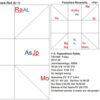
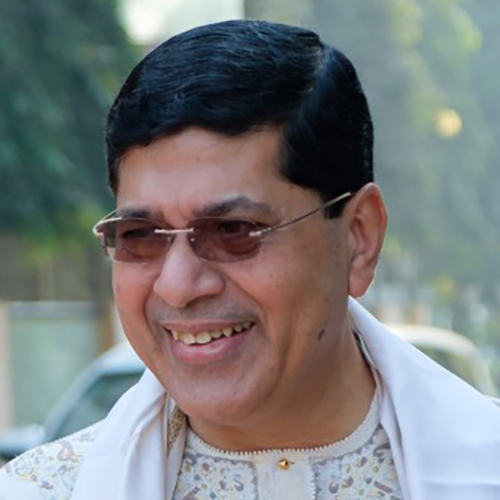
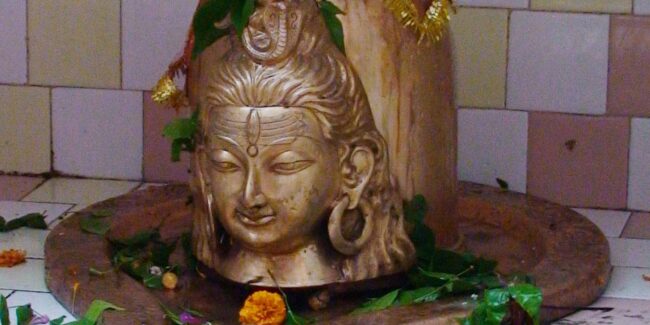

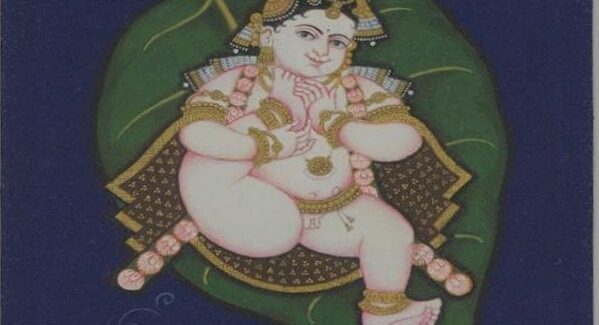
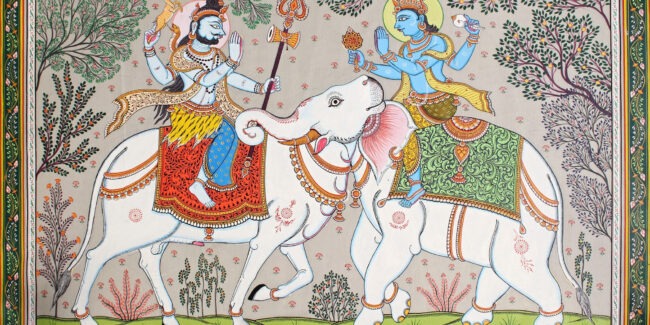
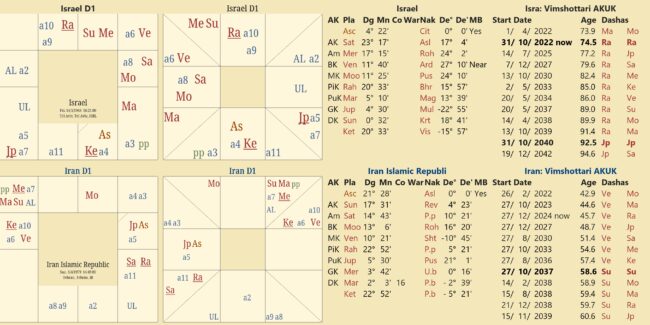
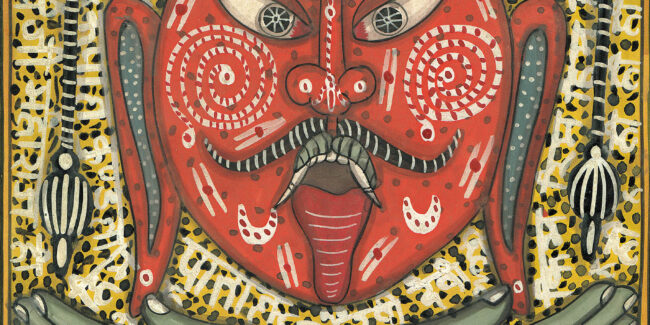
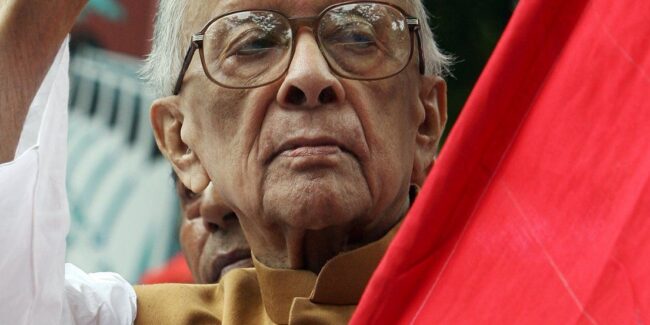

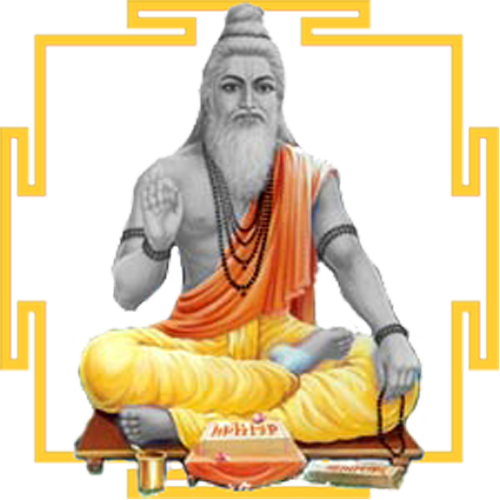 DBC offers online courses in jyotish (Vedic Astrology) taught directly by Sanjay Rath as per the tradition, through narrated power points and other audio tools. The courses are at different levels, from the beginners through the intermediate to the advanced and are known as SoHamsa | DBC courses, with individual classrooms and assistant teachers
DBC offers online courses in jyotish (Vedic Astrology) taught directly by Sanjay Rath as per the tradition, through narrated power points and other audio tools. The courses are at different levels, from the beginners through the intermediate to the advanced and are known as SoHamsa | DBC courses, with individual classrooms and assistant teachers
 Sagittarius Publications is the publisher and distributor the popular quaterly magazine the Jyotish Digest, as well as many thorough books on the subject of Vedic Astrology or Jyotish.
Sagittarius Publications is the publisher and distributor the popular quaterly magazine the Jyotish Digest, as well as many thorough books on the subject of Vedic Astrology or Jyotish.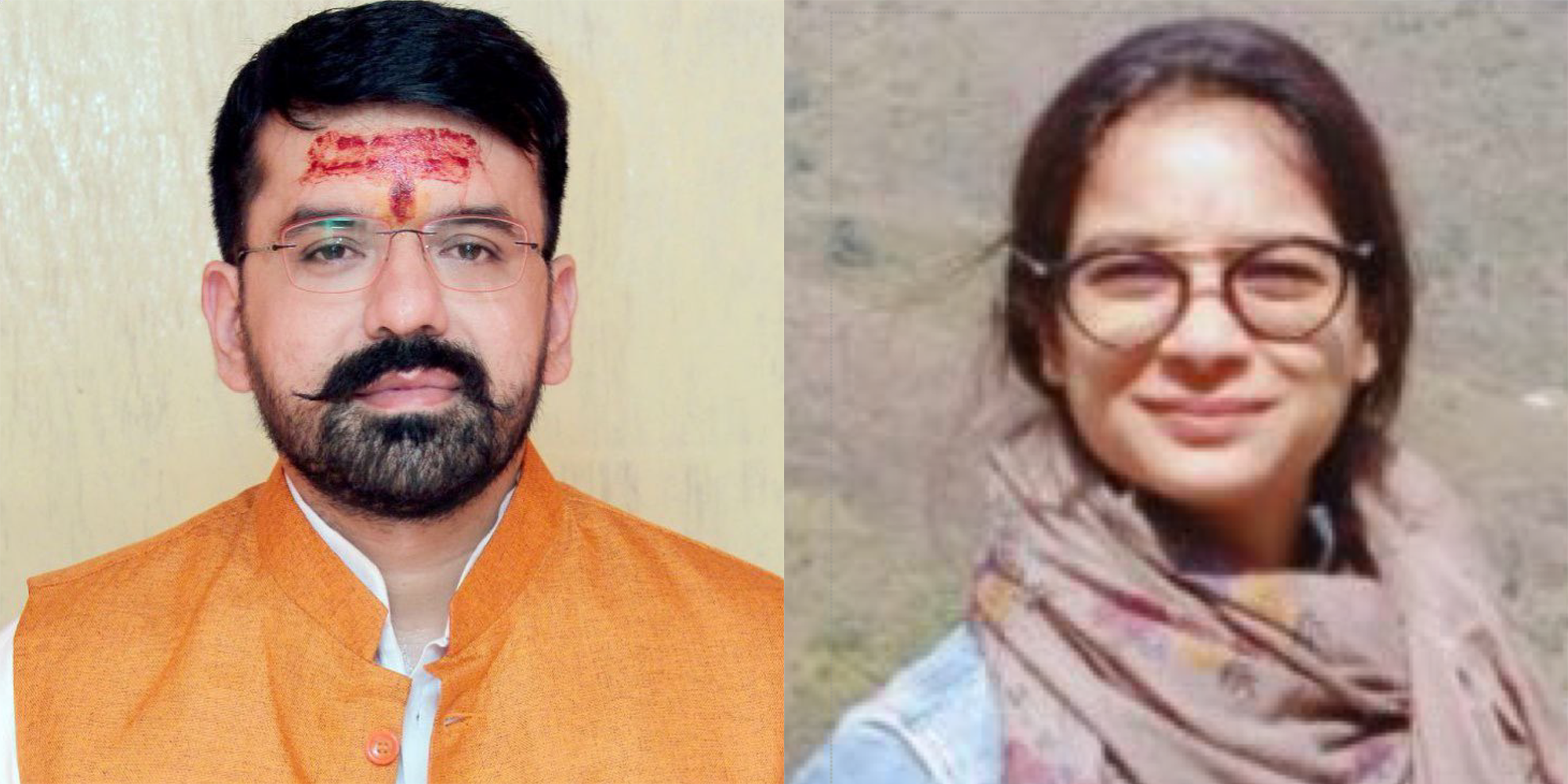 We have an excellent pandit Divākar ‘Deva’ Mishra, who is from the priests of Vindhyāvāsini Siddha Pīṭha to guide you through the hundreds of temples of Kāśi [Varanasi] and neighbouring regions. He can organise your pūjā, keep you safe and take care. He is supported by an English-speaking well-travelled spouse ‘Supriya Mishra’. Please contact them directly for any services, remedial pūjā and tours. They handled the 60+ member Kāśi Jyotiṣa Group 2022.
We have an excellent pandit Divākar ‘Deva’ Mishra, who is from the priests of Vindhyāvāsini Siddha Pīṭha to guide you through the hundreds of temples of Kāśi [Varanasi] and neighbouring regions. He can organise your pūjā, keep you safe and take care. He is supported by an English-speaking well-travelled spouse ‘Supriya Mishra’. Please contact them directly for any services, remedial pūjā and tours. They handled the 60+ member Kāśi Jyotiṣa Group 2022.